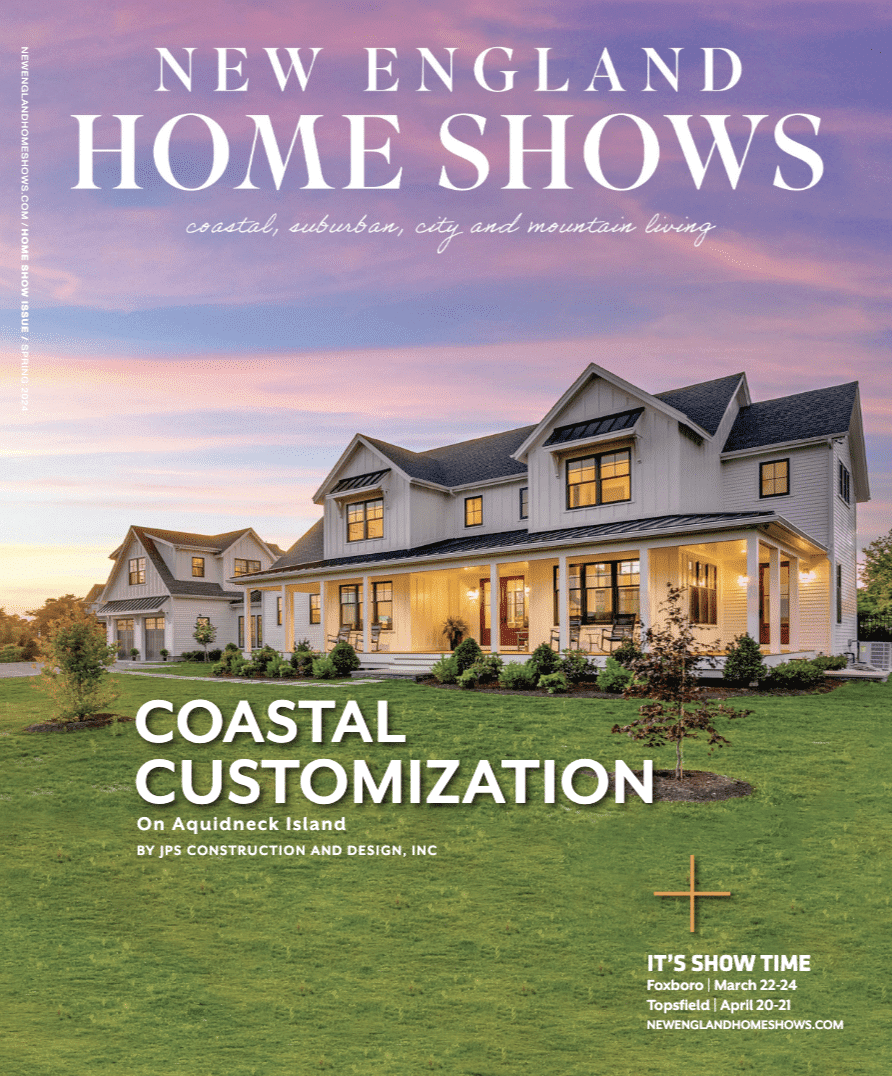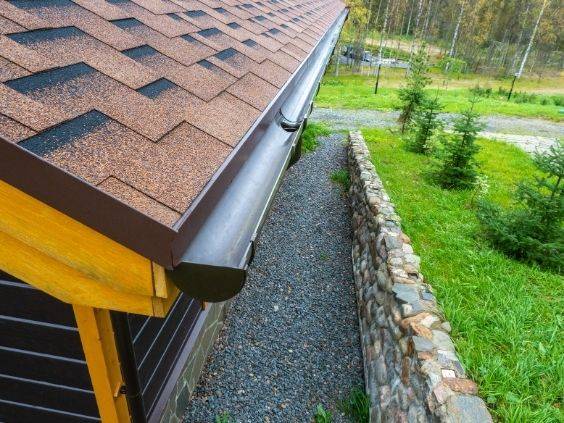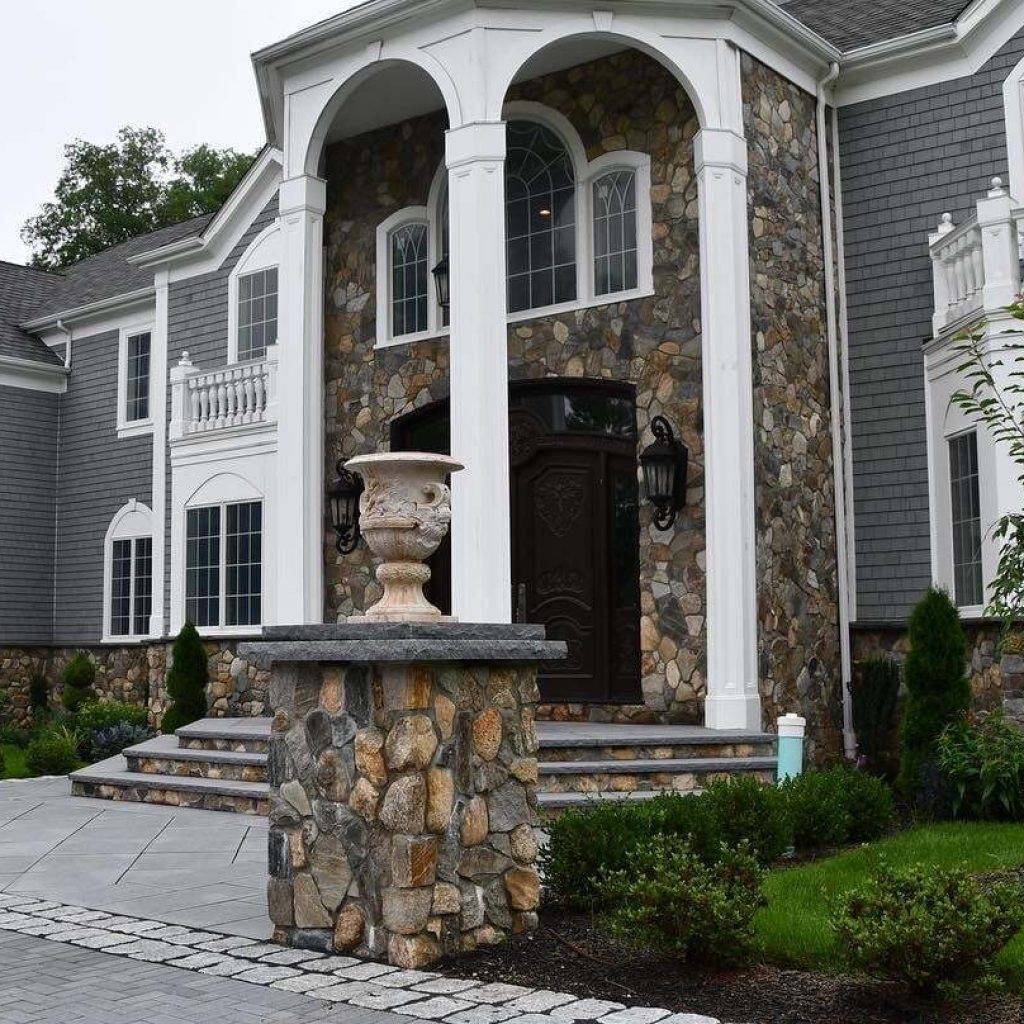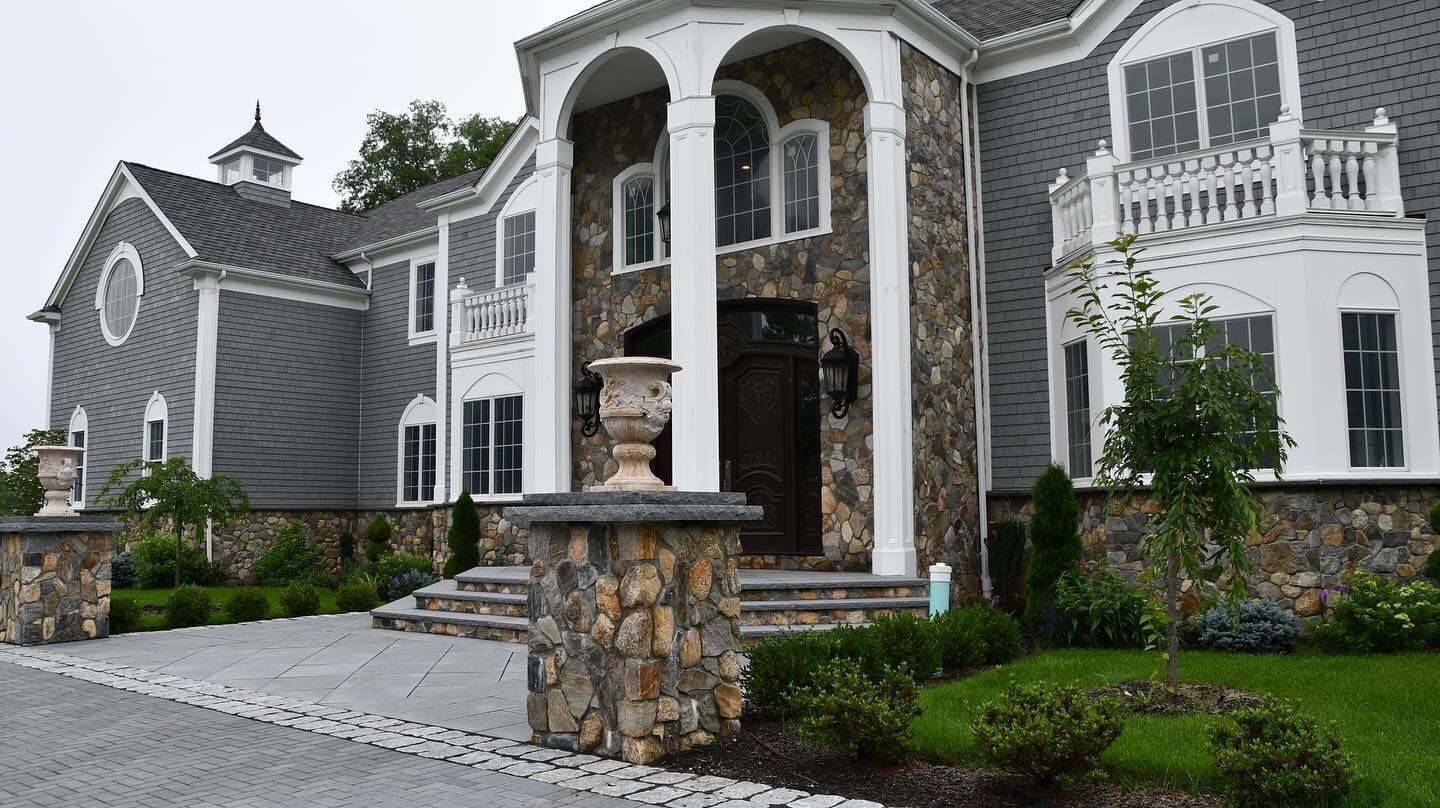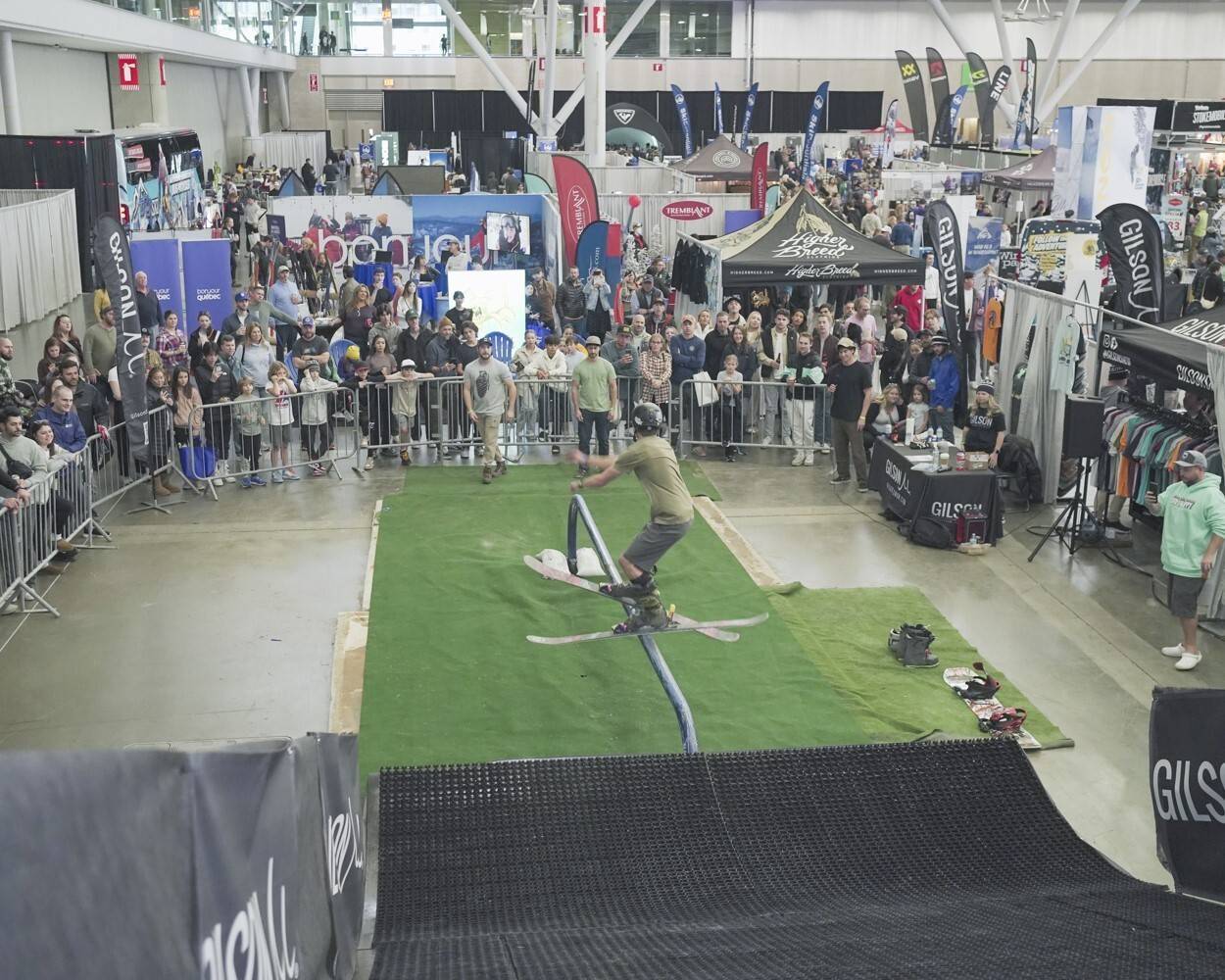A residential space requires all sorts of installation to maintain its condition, and drainage is a major part. Every building needs drainage, and there are different products available to suit your needs. Continue reading to learn more about the different types of residential drainage systems.
Surface Drainage System
When it comes to the different types of residential drainage systems you can choose from, we start at the surface. A surface drainage system features shallow trenches dug in a parallel pattern. The ditches create a channel for the run-off water that takes it to the main drain. Surface draining is an excellent way to avoid any flooding. Water can often pool around a building, on walkways, or on driveways. Surface drainage systems are a must if you live in a flat area.
Subsurface Drainage System
The next residential drainage system is a subsurface type, and it is also known as a French drain. This drainage system is placed on top of a layer of soil and used to remove any extra water at root level. Unlike a surface drainage system, subsurface drainage requires deep trenches and the installation of underground pipes. You also need a large collector drain to gather water from the underground pipes.
Slope Drainage System
Another residential drainage system involves slope drains. What separates a slope drainage system from the ones previously listed is that it allows water to move down a structure through pipes. This system will then move the water away from the structure and other drainage systems in residential areas.
Downspout and Gutters Drainage System
A downspout and gutter are probably what you think of when it comes to drainage systems. The downspout is attached to a structure’s gutter system and will move the water from the roof to the ground. Another feature of a downspout drainage system is that it will relieve the water on a slope, so there is not any pooling at the bottom.



